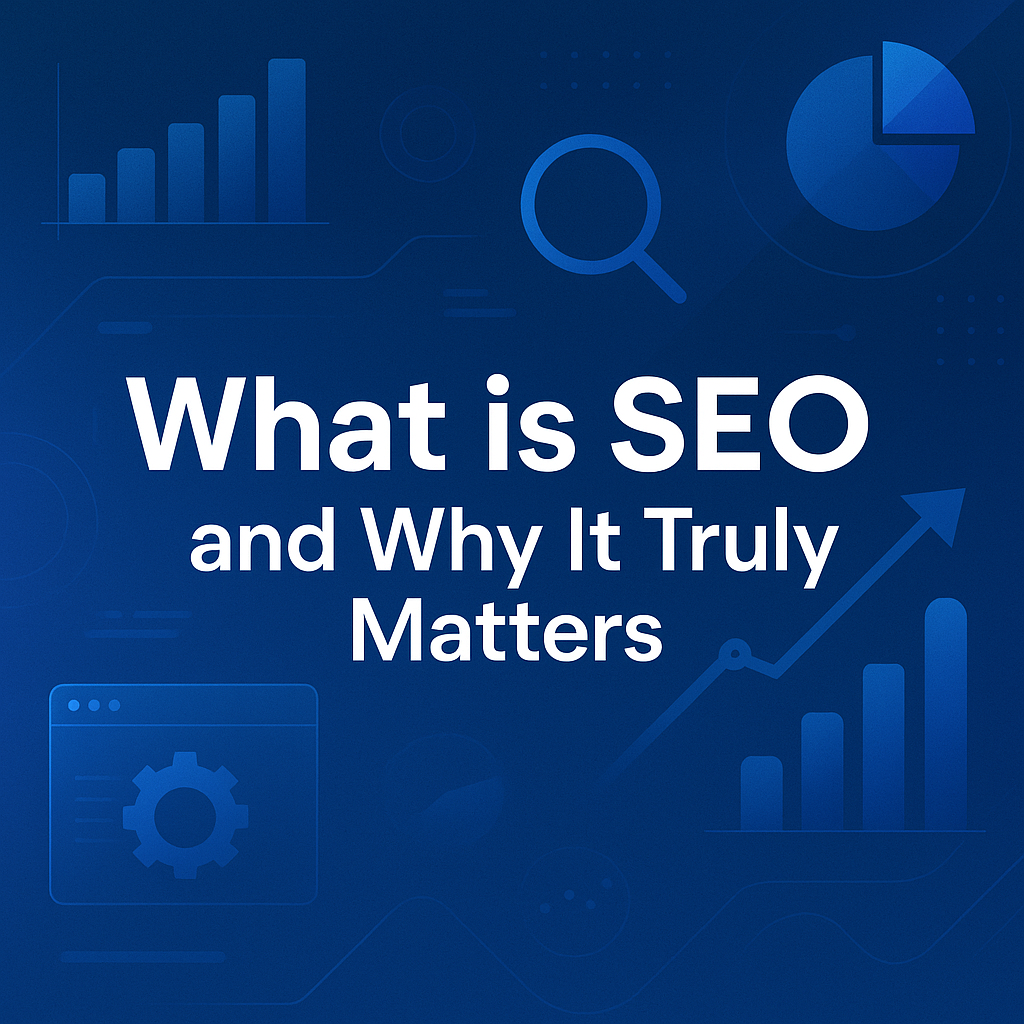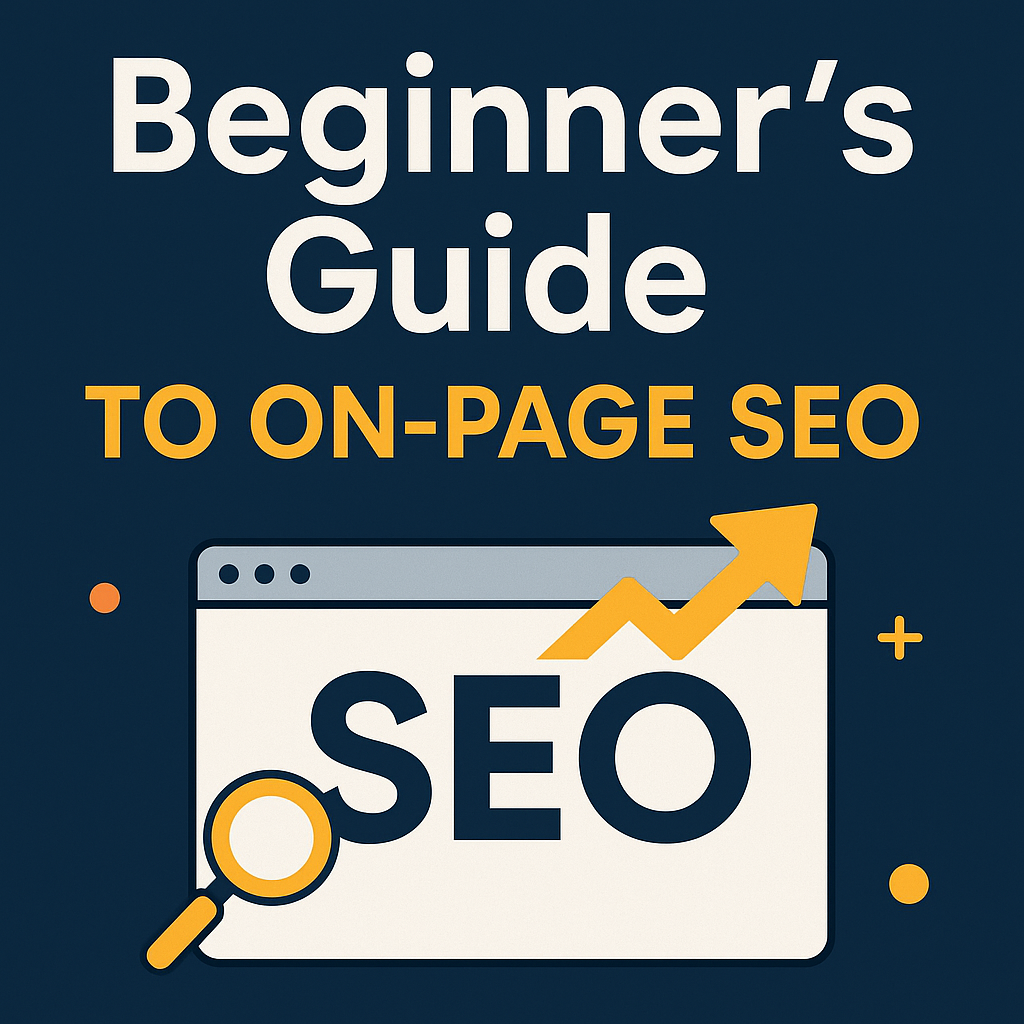In an age where almost every consumer is connected to the internet, digital marketing has become the heartbeat of modern business. But what exactly is digital marketing, and why is it so essential today?
What Is Digital Marketing?
Digital marketing refers to the use of online platforms and technologies to promote products, services, or brands. Unlike traditional marketing—which relies on print ads, billboards, and direct mail—digital marketing utilizes websites, social media, search engines, email, and mobile apps to connect with a target audience.
It’s more than just a buzzword. It’s a strategy that allows businesses, big or small, to reach customers where they spend most of their time—online.
Why Is Digital Marketing Important?
The primary reason digital marketing is so powerful is its ability to precisely target specific customer segments. Whether you’re trying to reach millennials on Instagram, professionals on LinkedIn, or shoppers through email newsletters, digital marketing gives you the tools to do so effectively.
Moreover, it’s cost-effective. Businesses can tailor their strategies to fit any budget, making it accessible to startups and large corporations alike. With proper analytics, businesses can also track performance in real-time and adjust strategies based on live data.
How Does Digital Marketing Work?
Digital marketing can take many forms. Businesses may craft long-term strategies that develop brand presence over time, or they can launch immediate campaigns using paid ads, influencer collaborations, or viral social media content.
Flexibility is a key benefit. You can test headlines, visuals, audience segments, and calls-to-action (CTAs) to see what works best, and then refine your campaigns for better results.
Main Types of Digital Marketing
Digital marketing isn’t a one-size-fits-all solution. Here are the most common types and how they can be used:
1. Search Engine Optimization (SEO)
SEO is the practice of optimizing content and websites to rank higher in search engine results. It’s a cost-effective way to draw organic traffic by improving content quality, keyword targeting, and technical aspects of a site.
2. Search Engine Marketing (SEM) or Paid Search
This involves running paid ads on platforms like Google Ads. Unlike SEO, SEM uses a pay-per-click (PPC) model, where you only pay when someone clicks your ad. It’s great for instant visibility and competitive niches.
3. Content Marketing
Content marketing focuses on delivering value through blog posts, videos, infographics, or social media updates. The goal is to educate or entertain your audience while subtly driving them toward a purchase decision.
4. Social Media Marketing
Platforms like Facebook, Instagram, Twitter, and TikTok allow for both organic and paid engagement. Social media is ideal for brand storytelling, customer engagement, and building community.
5. Email Marketing
Email remains one of the most effective forms of digital marketing. It allows direct communication with leads and existing customers, offering personalized content, promotions, and updates.
6. Video Marketing
From YouTube tutorials to Instagram Reels, video is now a cornerstone of digital strategy. It boosts engagement, improves retention, and works well for product demos, testimonials, and storytelling.
7. Display Advertising
These are the visual ads you see on websites—usually banners or sidebars. They’re designed to be eye-catching and direct users to landing pages with offers or content.
8. Affiliate & Influencer Marketing
This involves partnering with content creators or websites to promote your product in exchange for a commission or fee. Influencers bring credibility and reach to niche audiences.
9. Audio Marketing
With the rise of podcasts and audio streaming platforms, brands can now insert ads or sponsor content to tap into audiences that prefer audio content over text or video.
10. Interactive Marketing
This involves two-way engagement with users. Examples include polls, quizzes, live streams, or clickable infographics—anything that encourages user participation and builds connection.
11. Native Advertising
These are ads that blend naturally with the content of a website or platform. Because they don’t disrupt the user experience, native ads often enjoy higher engagement rates.
12. Programmatic Advertising
This uses AI and machine learning to automate the buying of digital ads in real time, targeting specific audiences with precision. It’s fast, data-driven, and scalable.
13. Brand Marketing
Focused on long-term value, brand marketing builds customer loyalty and reputation. It’s not about quick conversions, but about creating an emotional connection over time.
Pros and Cons of Digital Marketing
Advantages:
- Targeted Reach: Reach specific demographics, interests, and behaviors.
- Budget Flexibility: Suitable for all business sizes and marketing budgets.
- Trackable Results: Use analytics to measure ROI and refine strategies.
- Scalability: Scale campaigns quickly and adapt in real-time.
Challenges:
- Tech Dependence: Heavily reliant on digital infrastructure.
- Constant Evolution: Platforms and algorithms change rapidly.
- High Competition: Standing out requires creativity and strategy.
How to Build a Successful Digital Marketing Strategy
Here’s a step-by-step roadmap to creating a strategy that works:
1. Audit Your Current Strategy
Evaluate what’s working and what’s not. Review past campaigns, industry trends, and customer behavior to identify gaps and opportunities.
2. Develop Customer Personas
Create fictional profiles of your ideal customers. Consider demographics, motivations, pain points, and buying behaviors. This helps tailor content and messaging that resonates.
3. Set Clear Objectives
Establish both long-term goals (like brand awareness) and short-term targets (like increasing email sign-ups or traffic). Use SMART (Specific, Measurable, Achievable, Relevant, Time-bound) goals.
4. Choose the Right Channels
Don’t try to be everywhere. Focus on platforms where your audience is most active. For B2B, this could be LinkedIn. For eCommerce, Instagram or TikTok might be better suited.
5. Create & Optimize Content
Develop high-quality content that aligns with each stage of the customer journey. Use SEO principles, strong CTAs, and visual appeal to maximize engagement.
6. Fill Creative Gaps
Ensure you have the right assets—videos, graphics, blog articles, landing pages—for each campaign. Identify missing elements and prioritize their creation.
7. Implement, Monitor & Improve
Launch your campaigns and use tools like Google Analytics, Facebook Insights, and heatmaps to monitor performance. Iterate based on data to improve results continuously.
Conclusion
Digital marketing isn’t just a trend—it’s an essential component of modern business strategy. With the right approach, even small businesses can stand toe-to-toe with industry giants. From SEO and email marketing to video content and influencer collaborations, the possibilities are vast.
But success in the digital space isn’t about doing everything—it’s about doing the right things for your audience, your brand, and your goals. Analyze, strategize, execute, and improve. That’s the digital marketing cycle that fuels growth in the 21st century.

